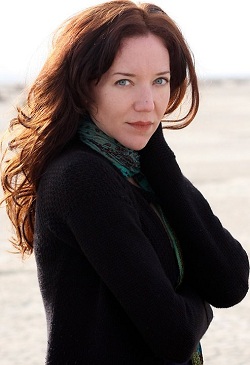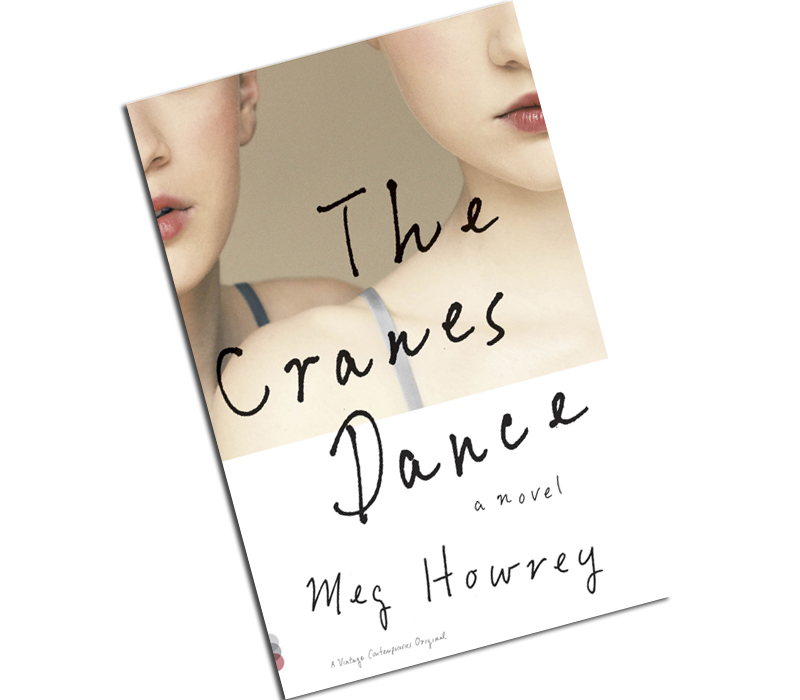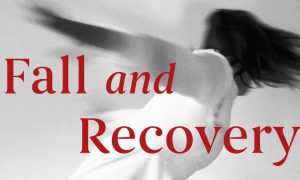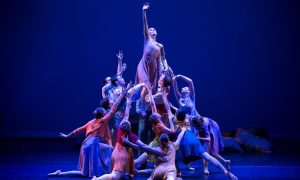Book Review
By Leah Gerstenlauer.
Since the psychological dance thriller Black Swan hit movie theaters in 2010, ballet has slipped into the entertainment mainstream more rapidly – and perhaps more successfully – than ever before. This summer, tween dance drama Bunheads and reality show Breaking Pointe placed the mysterious, magical world of ballet square in the laps of a viewing audience that had previously experienced only marginal dance-related fare in the form of the occasional fluffy B-list movie. Within the professional dance community, the common response to these surprisingly popular television series has teetered between wry mirth and inevitable disappointment at productions that may ultimately perpetuate prevailing public perceptions of ballet and ballet dancers.
So, what is the only mildly amused aficionado to do for relief from these less than satisfactory shows? Pick up a copy of Joffrey Ballet alumna Meg Howrey’s recently-released dancer-friendly novel The Cranes Dance, for a start. This engaging first-person ‘dramedy’ draws us into the tumultuous life of Kate Crane, a successful female ballet dancer at an unnamed top New York City company (use your imagination) as she wades through the murky waters of injury, addiction, rivalry, and a talent that seems destined to drag her ever closer to the precarious pinnacle of her profession.

The Cranes Dance author Meg Howrey. Photo courtesy of Travis Tanner
The meandering narrative of Howrey’s book, a series of deftly intertwined flashbacks, anecdotes, and present-day events, creates a nebulous time structure quite fitting for a story with a pill-popping protagonist who can’t seem to catch her bearings once she steps off the stage. In fact, Kate is such a crafty, disarming tale-teller that readers may not detect her addiction until it begins to surface in dialogue between her and her closest acquaintances. She distracts us and her fellow characters with her witty banter and her tendency to focus on other people’s problems in order to more easily avoid her own. And Kate has plenty of external issues to home in on, from her extraordinarily gifted sister’s apparent mental dissolution, to her best friend’s impending retirement from the company.
Yet, the most intriguing aspect of Howrey’s novel is not its plot. Indeed, more of the significant events of the story occur in Kate’s past than in her present. The genius of The Cranes Dance lies in its broad accessibility. Howrey writes in a way that leaves no one who is interested enough to pick up a novel by a dancer and about dancers out of the story-telling process. For all of her unique problems, Kate Crane possesses an all-inclusive charisma that invites just about everyone to enter her world. She provides enough explanation to draw in the minimally aware ballet fan without loading excessive technical details upon stage and studio-savvy dancers.
With a light and humorous touch, Howrey also manages to prevent a novel rife with serious subject matter and potentially cataclysmic circumstances from turning into a total tragedy. Kate prefers that we view her life as a comedy of errors, refusing to incur the pity of either her audience or the novel’s other characters. Too cynically realistic – or, perhaps, too well-versed in the conventionally crushing tropes of romantic and classical ballet – to deliver an idyllic ending, Howrey and her heroine ultimately leave us with a handful of loose ends. But those loose ends actually amount to a collection of beginnings, hopes, and possibilities more fulfilling than even the happiest “happily ever after.”
Originally published by DIY dancer
www.diydancer.com















